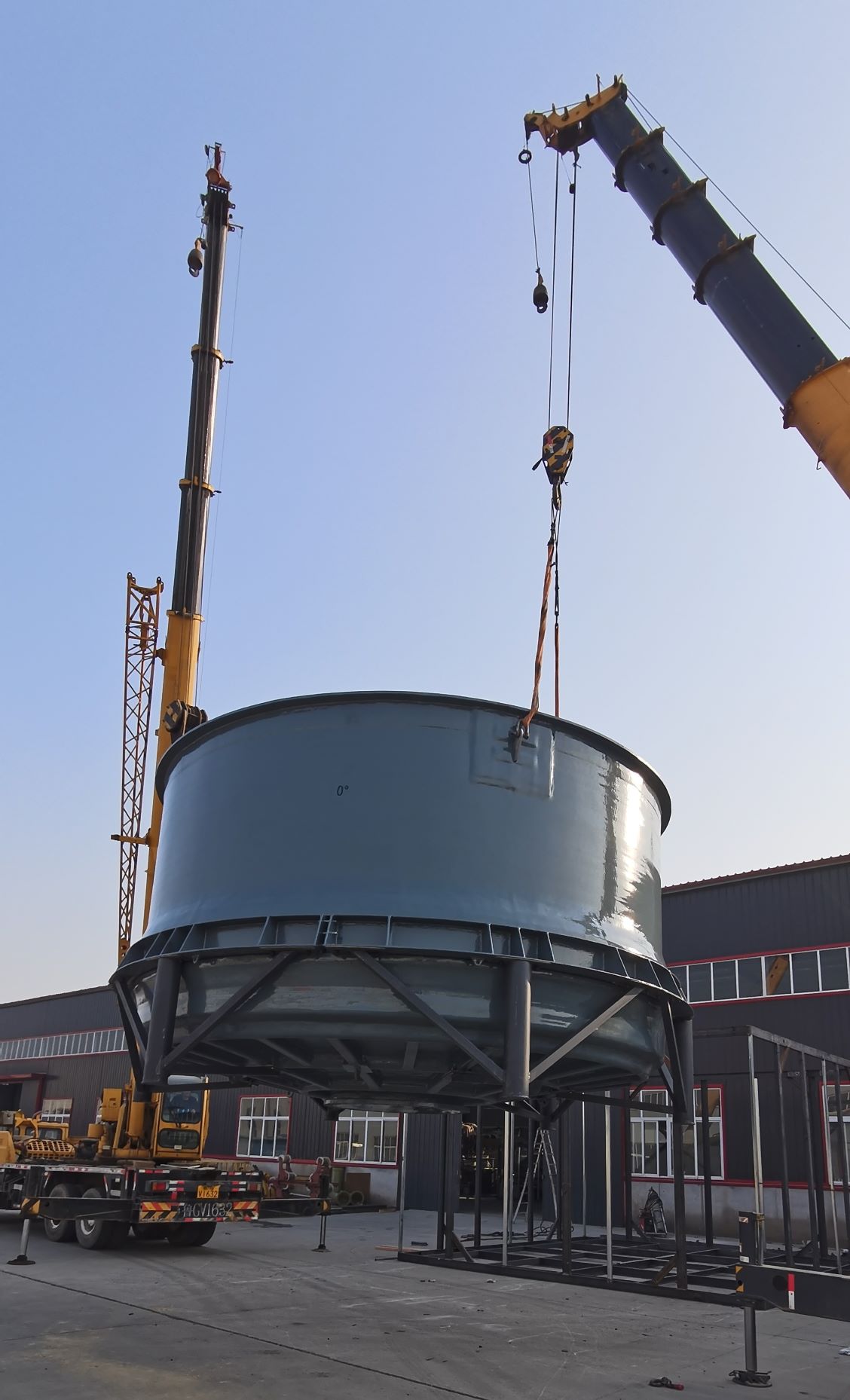
-
 Afrikaans
Afrikaans -
 Albanian
Albanian -
 Amharic
Amharic -
 Arabic
Arabic -
 Armenian
Armenian -
 Azerbaijani
Azerbaijani -
 Basque
Basque -
 Belarusian
Belarusian -
 Bengali
Bengali -
 Bosnian
Bosnian -
 Bulgarian
Bulgarian -
 Catalan
Catalan -
 Cebuano
Cebuano -
 China
China -
 China (Taiwan)
China (Taiwan) -
 Corsican
Corsican -
 Croatian
Croatian -
 Czech
Czech -
 Danish
Danish -
 Dutch
Dutch -
 English
English -
 Esperanto
Esperanto -
 Estonian
Estonian -
 Finnish
Finnish -
 French
French -
 Frisian
Frisian -
 Galician
Galician -
 Georgian
Georgian -
 German
German -
 Greek
Greek -
 Gujarati
Gujarati -
 Haitian Creole
Haitian Creole -
 hausa
hausa -
 hawaiian
hawaiian -
 Hebrew
Hebrew -
 Hindi
Hindi -
 Miao
Miao -
 Hungarian
Hungarian -
 Icelandic
Icelandic -
 igbo
igbo -
 Indonesian
Indonesian -
 irish
irish -
 Italian
Italian -
 Japanese
Japanese -
 Javanese
Javanese -
 Kannada
Kannada -
 kazakh
kazakh -
 Khmer
Khmer -
 Rwandese
Rwandese -
 Korean
Korean -
 Kurdish
Kurdish -
 Kyrgyz
Kyrgyz -
 Lao
Lao -
 Latin
Latin -
 Latvian
Latvian -
 Lithuanian
Lithuanian -
 Luxembourgish
Luxembourgish -
 Macedonian
Macedonian -
 Malgashi
Malgashi -
 Malay
Malay -
 Malayalam
Malayalam -
 Maltese
Maltese -
 Maori
Maori -
 Marathi
Marathi -
 Mongolian
Mongolian -
 Myanmar
Myanmar -
 Nepali
Nepali -
 Norwegian
Norwegian -
 Norwegian
Norwegian -
 Occitan
Occitan -
 Pashto
Pashto -
 Persian
Persian -
 Polish
Polish -
 Portuguese
Portuguese -
 Punjabi
Punjabi -
 Romanian
Romanian -
 Russian
Russian -
 Samoan
Samoan -
 Scottish Gaelic
Scottish Gaelic -
 Serbian
Serbian -
 Sesotho
Sesotho -
 Shona
Shona -
 Sindhi
Sindhi -
 Sinhala
Sinhala -
 Slovak
Slovak -
 Slovenian
Slovenian -
 Somali
Somali -
 Spanish
Spanish -
 Sundanese
Sundanese -
 Swahili
Swahili -
 Swedish
Swedish -
 Tagalog
Tagalog -
 Tajik
Tajik -
 Tamil
Tamil -
 Tatar
Tatar -
 Telugu
Telugu -
 Thai
Thai -
 Turkish
Turkish -
 Turkmen
Turkmen -
 Ukrainian
Ukrainian -
 Urdu
Urdu -
 Uighur
Uighur -
 Uzbek
Uzbek -
 Vietnamese
Vietnamese -
 Welsh
Welsh -
 Bantu
Bantu -
 Yiddish
Yiddish -
 Yoruba
Yoruba -
 Zulu
Zulu
fiberglass duct
The Advantages of Fiberglass Ducts in Modern HVAC Systems
In today's rapidly evolving construction and energy efficiency landscape, fiberglass ducts have emerged as a popular choice for heating, ventilation, and air conditioning (HVAC) systems. These ducts offer numerous benefits that make them an excellent option for both residential and commercial applications.
One of the most significant advantages of fiberglass ducts is their outstanding insulation properties. Unlike traditional metal ducts, fiberglass ducts are constructed from a composite material that not only provides structural integrity but also minimizes heat loss and gain. This thermal efficiency significantly reduces energy costs, translating into substantial savings for homeowners and businesses alike. With rising energy prices and growing concerns about environmental sustainability, using fiberglass ducts can contribute to a greener and more cost-effective HVAC solution.
Another benefit of fiberglass ducts is their lightweight nature, which makes installation faster and easier. Traditional metal ducts can be cumbersome and may require additional support structures when installed. Conversely, fiberglass ducts are lighter and more flexible, allowing for easier maneuverability and installation in tight spaces. This can lead to reduced labor costs and shorter project timelines, making them an attractive option for contractors and builders.
fiberglass duct

Moreover, fiberglass ducts are designed to be more resistant to condensation compared to their metal counterparts. The smooth surface of fiberglass reduces the chances of moisture accumulation, which can lead to mold growth and other health hazards. As a result, fiberglass ductwork contributes to healthier indoor air quality, promoting a safer environment for occupants.
In addition to these functional benefits, fiberglass ducts are also relatively low-maintenance. They are less susceptible to corrosion and rust, which are common issues with metal ducts in humid environments. This durability ensures that fiberglass ducts can maintain their performance over time, reducing the need for frequent repairs or replacements.
However, it is crucial to ensure proper installation and to use high-quality fiberglass materials. Poor installation practices can negate many of the benefits fiberglass ducts offer, leading to air leaks and reduced efficiency. Therefore, engaging experienced professionals for installation is highly recommended.
In conclusion, fiberglass ducts represent a modern and efficient alternative to traditional duct materials. Their exceptional insulation properties, lightweight design, resistance to condensation, and low maintenance needs make them a wise choice for anyone looking to improve their HVAC system's performance and efficiency. As the demand for energy-efficient solutions continues to rise, fiberglass ducts are likely to play an increasingly prominent role in the construction and renovation of buildings worldwide.
Latest news
-
Exploring the Benefits of Top Hammer Drifter Rods for Enhanced Drilling PerformanceNewsJun.10,2025
-
High-Precision Fiberglass Winding Machine for GRP/FRP Pipe Production – Reliable & Efficient SolutionsNewsJun.10,2025
-
FRP Pipes & Fittings for Shipbuilding - Corrosion-Resistant & LightweightNewsJun.09,2025
-
Premium FRP Flooring Solutions Durable & Slip-ResistantNewsJun.09,2025
-
Premium Fiberglass Rectangular Tanks Durable & Lightweight SolutionNewsJun.09,2025
-
Tapered Drill String Design Guide Durable Performance & UsesNewsJun.09,2025









